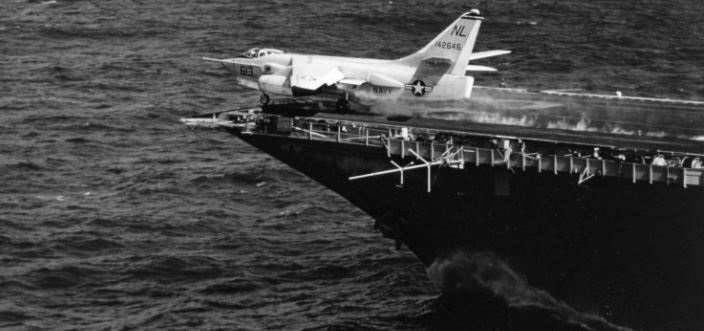This is to introduce a monumental achievement of two men. Chris Hobson and Dave Lovelady. Dave got a copy of the book, Vietnam Air Losses: United States Air Force, Navy and Marine Corp Fixed-Wing Aircraft Losses in Southeast Asia 1961-1973, and realized what a treasure it was for those who were involved in the war or associated with those who were lost. In collaboration with Chris, who has recently spent hours updating portions to go into this site, Dave put it all into the searchable site that he is introducing below.
May their stories never be forgotten. May their families and friends always be proud.
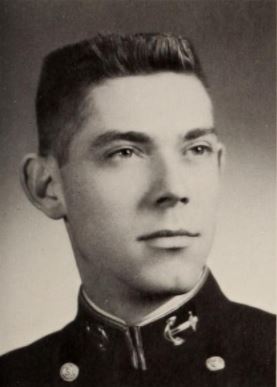
The project I’ve been working on is now finished, and the website is online for all to use.
I found a copy of Chris Hobson’s book and was fascinated by the information in it. I was able to contact Chris, who has now retired, and he agreed to update the manuscript with new information and allowed me to put all of it on a website so others won’t have to chase down a used copy and pay as much as $896 (actual price for one copy on Amazon) to see what happened to their grandfathers.
I thought the greatest value would be in having a searchable database, so I did that. You can search for a name, day, month, year, military unit, home base (or ship), aircraft type (designation/model or nickname), service, or the disposition of persons (KIA, POW, etc.). On a separate form, you can search the Narratives of the losses by keywords using Boolean search operators (explanation is on the site). So, if you wanted to look up the siege on Khe Sanh or Thanh Hoa, you can use that form. The only things you can’t search for that are in the database are the serial number of aircraft or the rank of the persons.
As I write this, there are 3,118 records in the database. A “record” includes all the data on a loss event, which can often mean more than one aircraft. In fact, there were as many as six aircraft involved in a single event, but most often there were only a couple. Individuals in aircraft ranged from one to 30, with a great many with four, six, eight, 16, etc. One record contains a minimum of 13 pieces of data; the maximum contained in a single record was 129 pieces of data. I say this to indicate that I inputted over 100,000 pieces of data into the database, so I suspect we haven’t yet found all the errors I made.
Going through that amount of data as quickly as I could over about a month or so gave me some impressions that I’d like to record. These are not statistical analyses; they are simply my impressions as the data passed over my eyes in great volume and quickly:
I was amazed at how many pure accidents there were and how many people died in accidents that had nothing to do with enemy action (in the database, those are defined as KWF, or Killed While Flying, as opposed to KIA).
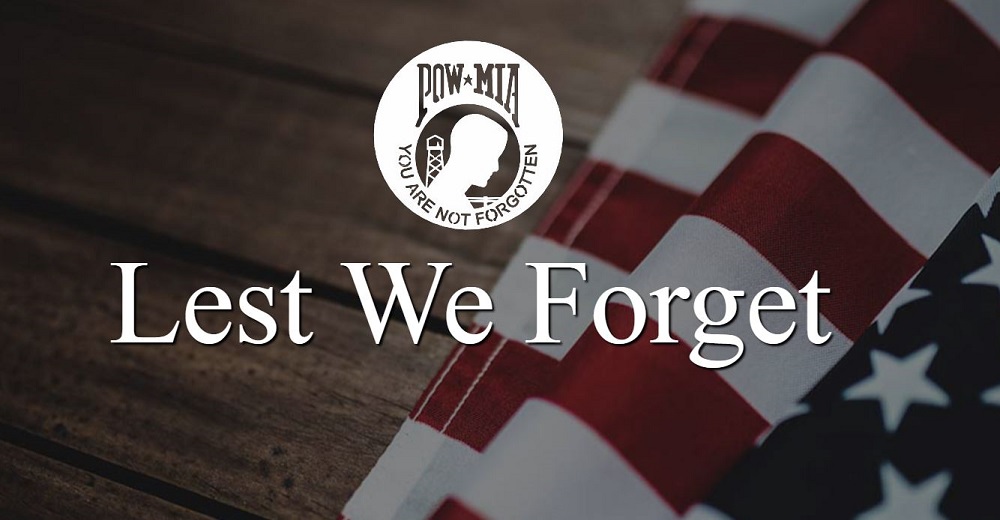
I was astounded at the number of aircraft that hit mountain tops in bad weather, killing everyone on board. Such a waste.
I was surprised at how slow some units were to heed Lessons Learned, resulting in aircraft being shot down on their 12th pass on the same target at low level, or their tenth or eighth or sixth, etc. In addition, it was clear that small arms fire was nothing to ignore, yet far too many did just that.
I was surprised to see how many pilots were hit by bullets or shrapnel, as opposed to aircraft being damaged alone. There are a lot of instances where the pilot had time to eject but was apparently incapacitated. There was a far higher percentage of that than I would have thought.
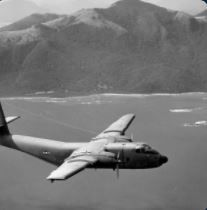
It was interesting that some units (and some ships) had considerably more losses than others at the same time, in the same place, in the same type aircraft, flying the same type missions. Again, my impressions are that comparing sister squadrons might indicate that one lost a great deal more than the other, and the same was true of USAF and USMC squadrons flying from the same base. Some ships had incredible runs of “bad luck” compared to others. In some instances, the types of targets might make some of the difference, but it appears to me that leadership might have played an important role.
Both my deployments were during much easier times, so I’m no expert; however, my air wing policy was no multiple runs on the same target and no pullouts below 3,500 feet AGL. We lost only one aircraft (for the entire air wing on two deployments) due to enemy action. Even late in the war, there were still some units that were strafing or dropping napalm at low altitude on multiple runs and getting shot down.
The narratives often relate what happened to a survivor (or POW returnee) later in life/career. Many of them became very senior. At one point, Chris comments that getting shot down seemed to be a prerequisite for making high rank. Certainly, we all know that combat experience improves chances for promotion. What I noted was that, early in the war, the losses were very junior aircrew, mostly 1Lt’s and Lt(jg)s. It struck me that so many very young people died. As the war continued, the ranks of those lost (which presumably reflects those that were flying the missions and were not shot down) increases dramatically. I don’t recall off-hand any Navy or Marine O-6s being lost, but there are many Air Force O-6s and above, up to and including 2-stars and I believe a three-star. Perhaps some of those were just trying to get their tickets punched for career purposes, and they got bit.
Along that same line, there were a great many killed that didn’t have to be there. They were flight surgeons or intel officers or even maintenance personnel going along for the ride and getting shot down. Sometimes it happened with experienced aircrew on an orientation flight. I suspect the outgoing FAC was showing the new guy some of the dangerous territory and got hit. A great many disappeared on training flights.
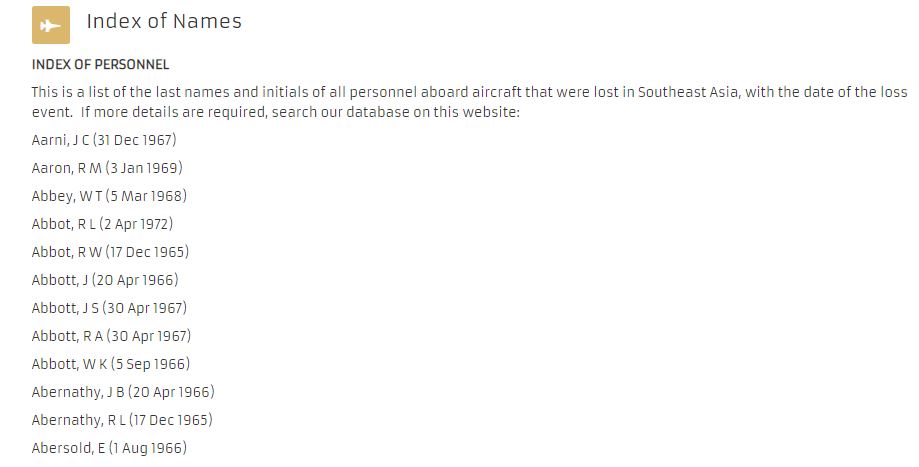
I was dismayed to see several aircraft and a number of deaths due to low passes or other “impromptu” air shows. In one instance, on his last flight in theater before shipping home, a pilot was killed, along with his crew, doing that. In another, a C-123 tried to snag a “flag” (reported as lady’s underwear) from a flag pole; on the second attempt, they crashed killing all four on board and two Thai civilians on the ground. Wasn’t getting shot at enough excitement?
I was heartened and encouraged by the incredible acts of bravery and self-sacrifice to save buddies or people they didn’t know. MOHs, Navy and Air Force Crosses are always impressive.
I was disappointed to see how many aircrew landed safely on the ground after ejections only to be killed by civilians or troops. There were a ton of those, including getting shot while still coming down in a parachute. Personally, I’m not so sure there’s any such thing as a non-combatant in a war zone.
It should have come as no surprise, but it was, to see how many were known to have been captured yet either died in captivity (known) or simply were never heard of again. Those that we know made it to a prison and subsequently died are listed as “POW – died,” whereas those that we know were captured on the ground but never made it to a prison are listed as KIA.
Again, these are my impressions as I entered the data and couldn’t help but read many of the stories and circumstances.
As I said on the site, the purpose is: To Preserve and Present What Really Happened for Our Children and Grandchildren.
In addition, the “site is dedicated to those that were lost in the skies over the Gulf of Tonkin, North Vietnam, South Vietnam, Laos, Cambodia, Thailand, and on routes to and from the war zone. May their stories never be forgotten. May their families and friends always be proud.”
Everyone is invited to see for themselves at: https://www.VietnamAirLosses.com.
USNA Class of 1966's 60th Reunion (1-4 Oct 2026)
Recent Posts
- REMINDER: 12 December Wreaths Across America 2025
- Bruce Bickel, Funeral 13 December, Pittsburgh, PA
- Lost Families Project – Seeking ’66 Classmates
- Request from Class Prez RE USNA Cemetery
- 4 Nov Zoom on Basis For/Against Attacks on Drug Boats


